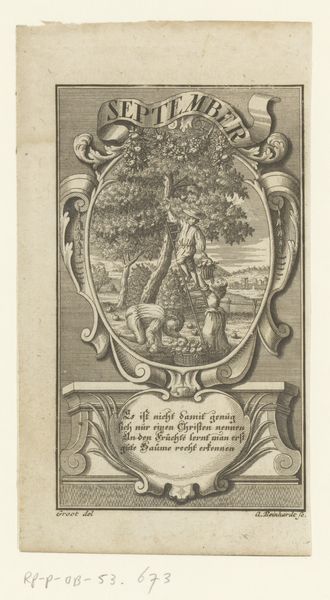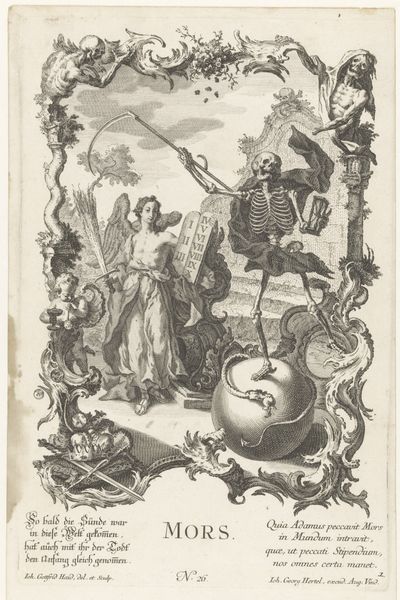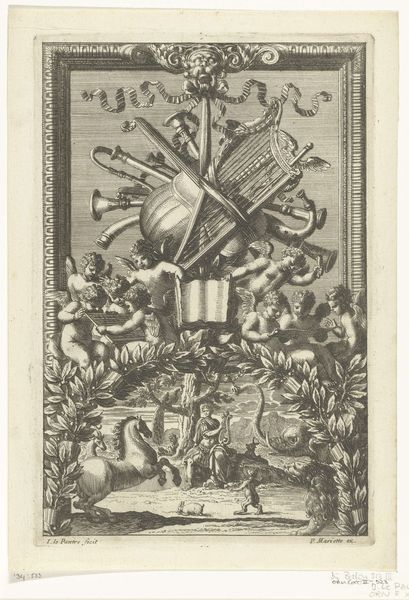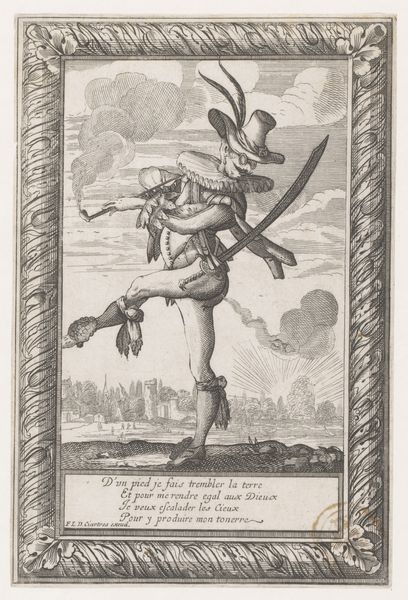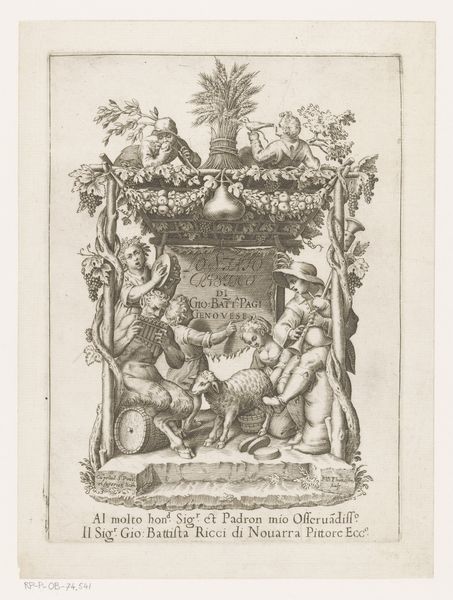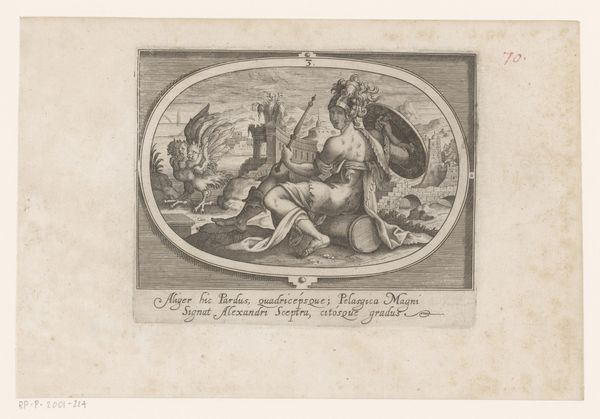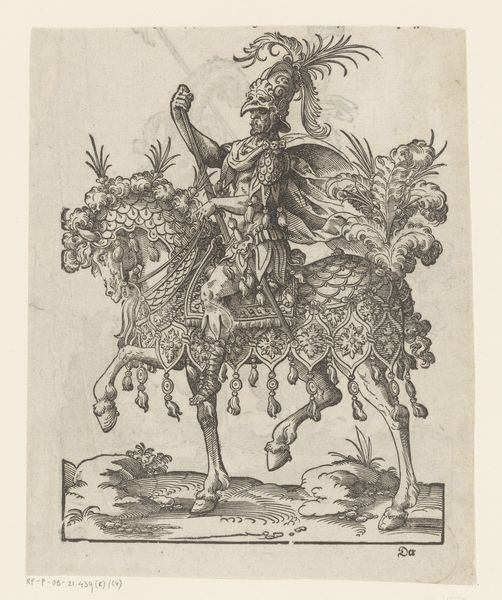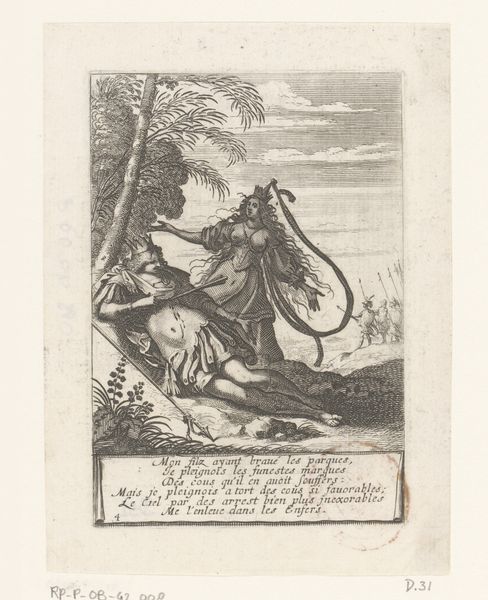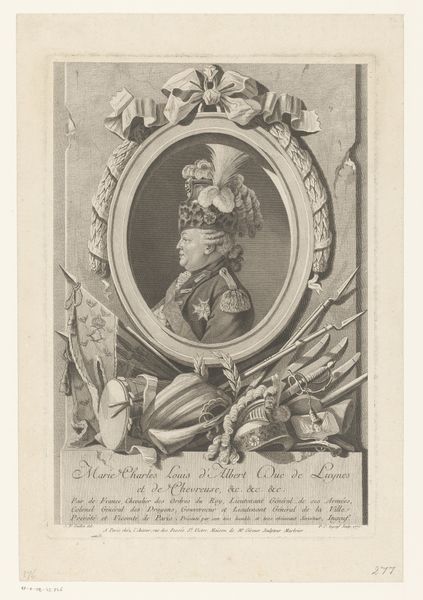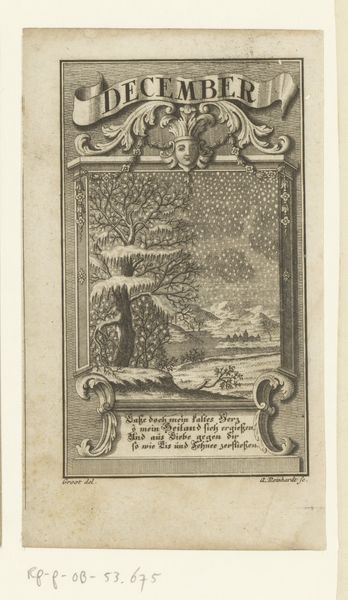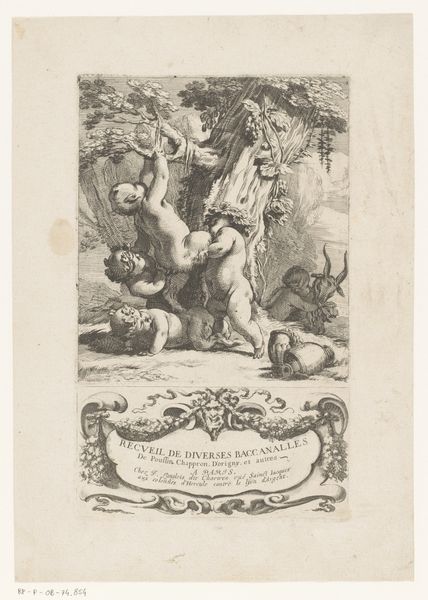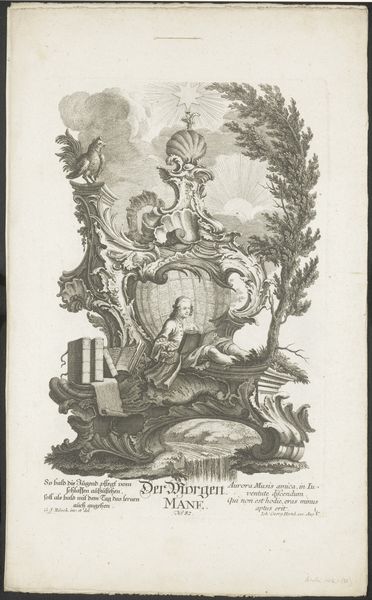
print, engraving
#
allegory
#
baroque
#
pen drawing
# print
#
figuration
#
line
#
history-painting
#
engraving
Dimensions: 96 mm (height) x 62 mm (width) (bladmaal)
Curator: Here we have a print titled "Abraham og Isak," dating from between 1609 and 1672, a Baroque piece currently held at the SMK, the National Gallery of Denmark. It depicts the biblical story of Abraham's near sacrifice of his son Isaac. Editor: My first impression is one of stark drama rendered in delicate lines. The whole scene is built of etched marks that belie the intense subject matter. It makes me consider the labor required to produce such a narrative. Curator: Exactly. The Baroque style, with its inherent theatricality, plays out vividly here. Notice the strong diagonals that lead our eye, and the dramatic, divine intervention signaled by the angel swooping in to halt the sacrifice. The artist, by remaining anonymous, almost suggests a universality to the message. Editor: The medium of engraving is really central to how the meaning is constructed. Think about it, this is a reproducible image. It allowed for broader distribution of this moral and religious tale. The lines themselves have a fascinating quality—thick and thin, creating textures. You see that even in the flames of the altar or in Abraham's beard. Curator: Precisely. And we cannot ignore the inherent patriarchal structures within this narrative. The unquestioning faith demanded, the role of women being entirely absent… it forces us to question power dynamics and inherited values even within the seemingly simple depiction. How does this relate to ideas around sacrifice, obedience, and even colonialism? Editor: Thinking about materials further, what was the intended use of such a print? It was probably used as a model for further, larger works or printed for mass devotional dissemination. Examining the work from this lens shifts how we think of the story and its function within early modern religious life. Curator: The print serves as a potent reminder of the narratives that have shaped our world and the need to critically examine them, especially now, considering today's political landscapes and struggles for liberation and equality. Editor: And looking at its formal composition and materiality, we remember the intricate processes of production that brought the images into being, thereby creating a conversation on skill and value through art itself.
Comments
No comments
Be the first to comment and join the conversation on the ultimate creative platform.
